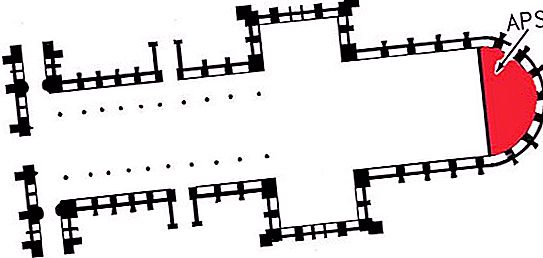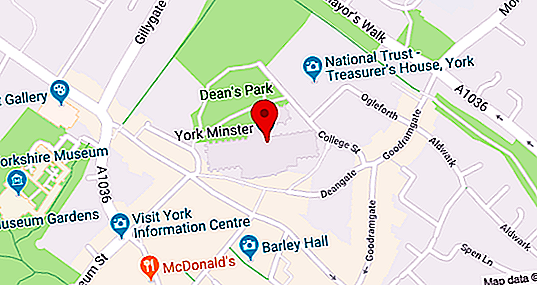Apse in architecture - what is it? What facilities is it used in? How did apse evolve over time? You will find answers to all these questions in our article!
Apse is …
Translated from the ancient Greek language, this word means "arch." Apse is a lowered ledge adjacent to the main part of the building. The apse shape in the plan can be semicircular, rectangular or complex, irregular.
An apse is an architectural element that is covered by a half-dome or half-arch. Most often, this term is used to refer to attached volumes with an altar in the architecture of Catholic and Orthodox religious buildings.

Apse for the first time began to be used in ancient Roman public buildings of a rectangular shape.
Application of the element in temple architecture
Most often, this element is used precisely in cult architecture. In the architecture of Christian churches, the apse is part of the church, which is always (with rare exceptions) oriented to the east. It is in it most often located the altar. An apse without an altar is called apsidiola.
But it can carry a purely decorative function or have practical application. So, in the Vysoko-Petrovsky Monastery in the Cathedral of Peter the Metropolitan, these elements are located on all sides of the structure.
Orthodox churches use an odd number of apse - one or three. In the temples of Constantinople, built in the IX-XIII centuries, there were three such elements and they were used as independent altars. The architecture of the Catholic churches in the apse are chapels. Also, an apse can be called the inside of the temple in a semicircular shape with an altar and without uneven protrusions. This technique is used in Western European temple architecture.




